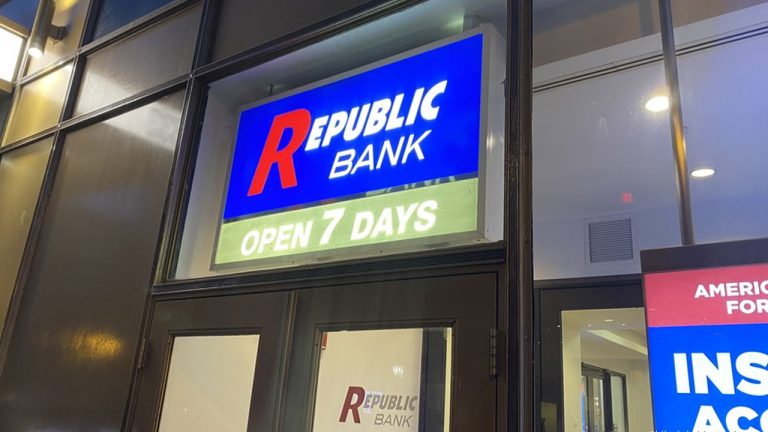
The Deploying American Blockchains Act of 2023 gives the Commerce Department a role in advancing blockchain technology.
As the crypto community awaits the United States House of Representatives vote on the Financial Innovation and Technology for the 21st Century (FIT21) Act, it passed another, more modest, pro-crypto bill: the Deploying American Blockchains Act of 2023, which was approved by a margin of 334 to 79.
The bipartisan bill directs the secretary of commerce—currently Gina Raimondo—“to take actions necessary and appropriate to promote the competitiveness of the United States [in] blockchain technology or other distributed ledger technology.”
The bill establishes the secretary as the principal presidential adviser on blockchain and gives the secretary several responsibilities that include policy development, research and promotion of the technology. It also mandates the formation of an advisory committee for the secretary to be made up of governmental, industry, academic and cultural representatives and to present an annual report to Congress.











